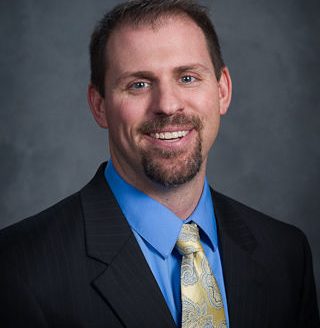Two new tax changes could add thousands to your bottom line
The doubled Section 179 deduction and expanded bonus depreciation can benefit ag businesses
When House Republicans issued their blueprint for tax reform in June 2016, they included provisions for “immediate expensing” that promised to benefit farmers and ag businesses.
Interestingly, the GOP’s “A Better Way” blueprint literally had a picture of a tractor to describe the immediate expensing concept.
But until their plan made its way into law—ultimately becoming the Tax Cuts and Jobs Act of 2017—we didn’t know if it would offer brand-new provisions for immediate expensing or simply retain what already existed.
Now we know. The new tax law not only didn’t create new expensing provisions for capital assets, it took two well-known provisions and put them on steroids:
1. Section 179 deduction doubled to $1 million. Section 179 of the Internal Revenue Code allows taxpayers to expense qualifying depreciable assets (such as trucks and tractors) in the year they’re acquired rather than depreciating them over time. Section 179 is subject to two limitations: First, taxpayers are limited on the total value of assets that may be expensed in a single year. Under the new tax law, you can deduct the full cost of these capital assets up to $1 million. The previous limit was $500,000. Second, the total value of the deduction is phased out based on the total cost of all capital assets purchased in the taxable year. The new tax law expanded this phase-out limit to $2.5 million, up from $2 million.
In other words, you can apply the Section 179 deduction as long as your total capital expenditures stay below $2.5 million in a given tax year. Once the $2.5 million limitation is reached, the deduction decreases on a dollar-for-dollar-basis. Therefore, if you spend $3.5 million on capital expenditures, you don’t get to take the Section 179 deduction at all.
Also remember that Section 179 is limited by your income, so you cannot use Section 179 to create a loss. Further, the Section 179 deduction provision is permanent in the new tax law.
2. Bonus depreciation increased to 100 percent—and applies even to used equipment. This provision allows taxpayers to take a “bonus” depreciation deduction in the year certain qualified assets are acquired and placed into service. The amount of this additional depreciation had been 50 percent of the cost of such property placed in service during 2017. It was scheduled to phase down to 40 percent in 2018 and 30 percent in 2019.
The new tax law, however, amended bonus depreciation to permit 100-percent expensing through Dec. 31, 2022.
After that, the 100-percent figure will decline over four years as follows:
• 80 percent in 2023;
• 60 percent in 2024;
• 40 percent in 2025;
• 20 percent in 2026; and
• 0 percent thereafter.
Also, the 100-percent depreciation can be applied to assets acquired after Sept. 27, 2017. This was the date that the “Big-Six” released a proposal laying out their framework for tax reform.
Additionally, qualified property had been limited to “original use” of the property, so basically new property. The new tax law also expands the property that qualifies for bonus depreciation to include “taxpayer’s first use,” meaning that used equipment would also be eligible for bonus depreciation. Now, you can deduct the full cost of your purchase, even if it’s used. If you buy a tractor—whether it’s seen a few seasons in the field or it’s got new paint—you can write off the entire purchase.
Sign up for HPJ Insights
Our weekly newsletter delivers the latest news straight to your inbox including breaking news, our exclusive columns and much more.
The bonus depreciation and Section 179 provisions work well in unison because there are complementary uses to both. There are other considerations in using Section 179 expensing and bonus depreciation but making smart use of these new tax provisions could mean thousands of dollars in tax savings. That’s money that could stay in your farming operation. Consult a qualified accountant to help you take advantage of these changes.
Editor’s note: Doug Claussen has more than 20 years experience with his agriculture and accounting expertise at K·Coe Isom as he helps ag business owners with financial, operational and tax challenges. He works with agribusinesses involved in beef production, dairy operations, grain production and marketing. Contact him at [email protected].

